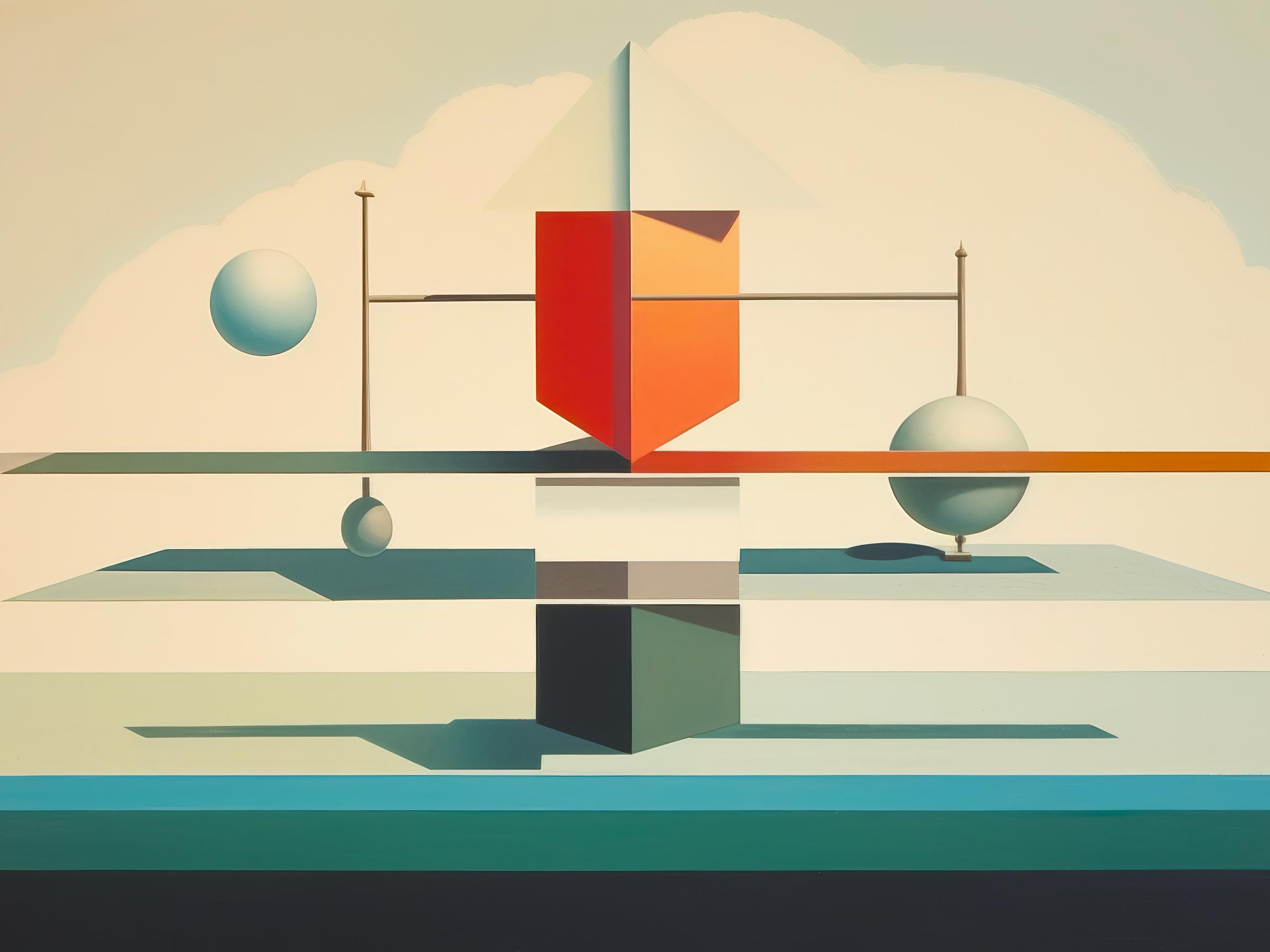In design, equilibrium is a concept that holds the key to creating captivating and balanced compositions. Much like in the world of chemistry, where the delicate balance of elements results in stable and dynamic reactions, design equilibrium ensures that every element in a composition plays its part in an aesthetically pleasing and functional manner.
Understanding Equilibrium in Chemistry and Design
Equilibrium in chemistry is a state of balance reached when the rates of forward and reverse reactions are equal. It’s a dynamic state where molecules are constantly moving and reacting, yet the overall concentration of reactants and products remains unchanged. This concept is central to chemical reactions and is governed by factors such as temperature, pressure, and concentration.
In design, equilibrium refers to the distribution of visual elements within a composition to create a sense of stability and balance. It’s the delicate arrangement of elements such as color, shape, size, and space that ensures no single element overpowers the others. Instead, they work together in a cohesive and visually pleasing manner.
The Parallels Between Chemistry and Design
Just as chemical reactions aim for equilibrium to achieve stability, designers seek visual equilibrium to create compositions that are visually pleasing and harmonious. In both cases, finding the right balance is crucial. Just as a chemical reaction may be disrupted by an imbalance in reactant concentrations, a design composition can be thrown off by an uneven distribution of visual elements.
Elements of Equilibrium in Design
Achieving equilibrium in design involves careful consideration of various elements:
Balance: Just as in chemistry, where equilibrium is achieved when reactants and products are balanced, visual balance in design ensures that no one element dominates the composition. Balance can be symmetrical, where elements are evenly distributed on either side of an axis, or asymmetrical, where visual weight is balanced through careful arrangement.
Contrast: In both design and chemistry, contrast plays a significant role. In chemistry, contrasting concentrations drive reactions. In design, contrast adds visual interest and guides the viewer’s eye. Equilibrium in design is about using contrast to maintain harmony rather than creating chaos.
Proportion: Much like the proportions of reactants in a chemical reaction influence the outcome, the proportions of design elements affect the overall composition. Equilibrium in design involves ensuring that elements are proportionally distributed to create a sense of harmony.
Hierarchy: In both realms, a clear hierarchy ensures that each element has a specific role. Just as molecules in a chemical reaction follow a specific sequence, design elements follow a hierarchy that guides the viewer’s attention.
Unity and Variety: Achieving equilibrium in design requires a delicate balance between unity and variety. Too much unity can result in a monotonous composition, while too much variety can create visual chaos. The challenge is to strike the right balance between the two.
Movement and Rhythm: Equilibrium in chemistry involves dynamic movement of molecules. In design, movement and rhythm create visual flow and guide the viewer’s eye. Understanding how elements move within a composition contributes to achieving equilibrium.
Equilibrium is not just a design principle; it’s a guiding principle that ensures harmony and coherence in visual communication. It prevents designs from feeling disjointed or overwhelming, creating an intuitive and comfortable viewing experience. Just as chemical reactions reach a state of equilibrium for stability, design compositions reach equilibrium for visual stability.
Understanding how equilibrium functions in both arenas enhances our appreciation for the interplay of elements involved in creating captivating and unified designs.


